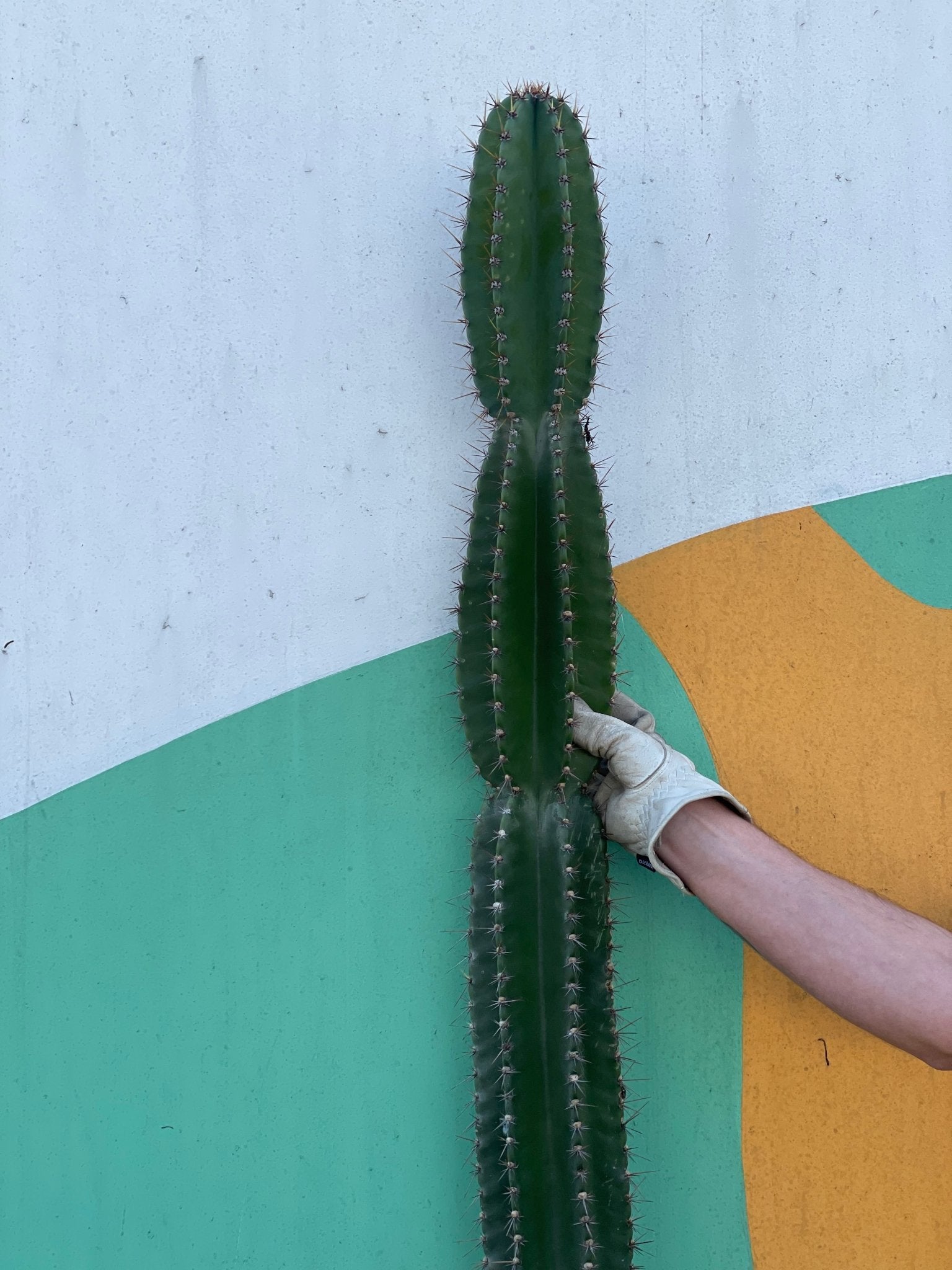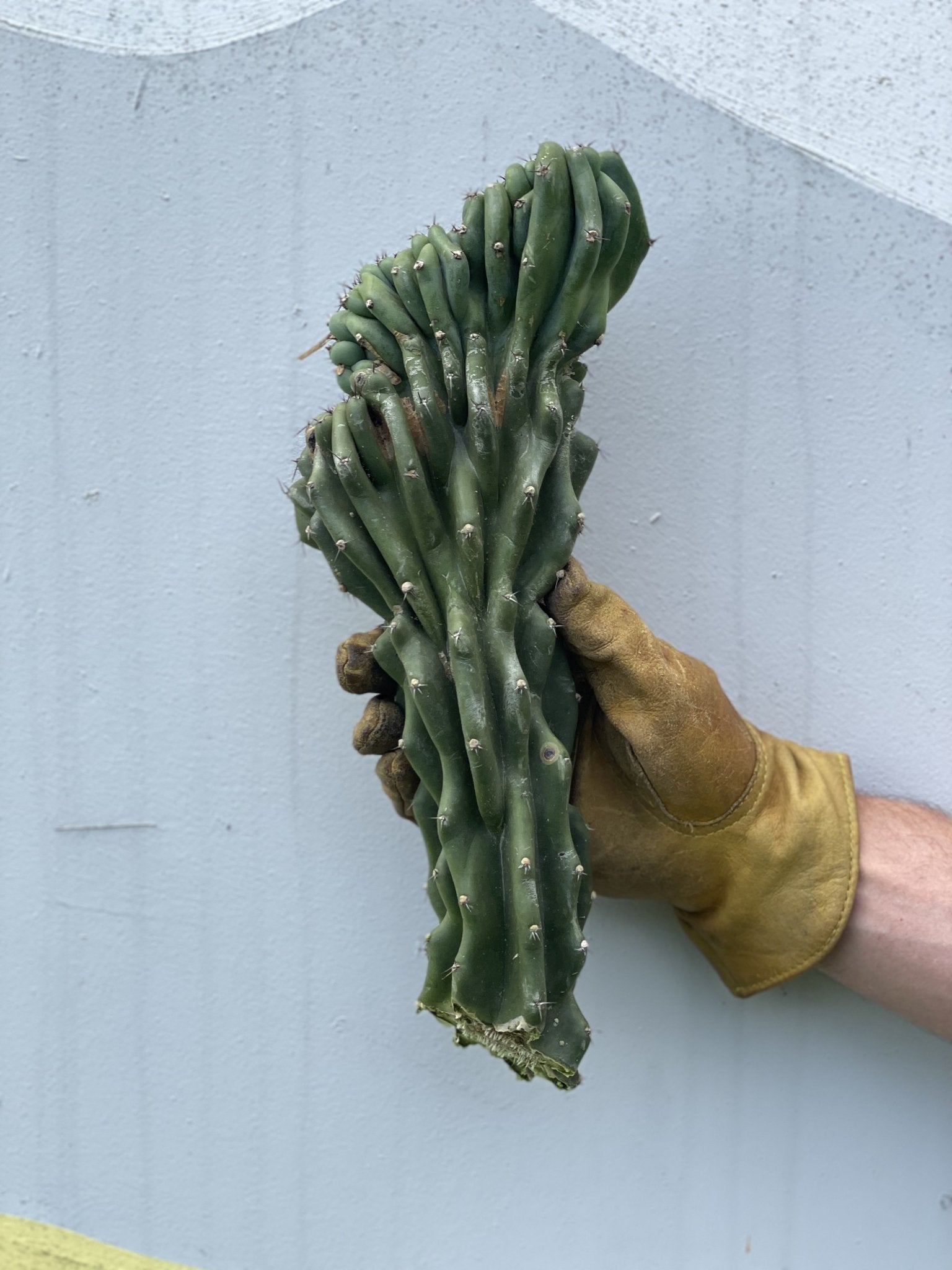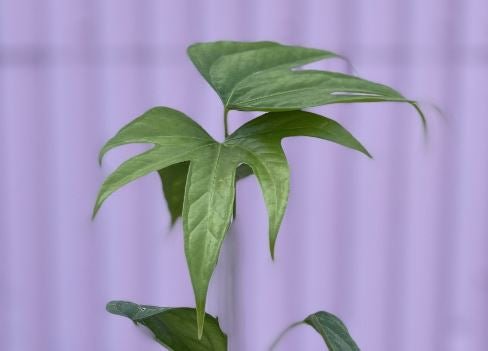Anthurium Fingers may be tropical plants, but they're incredibly adaptive, making them a perfect indoor plant. They'll take pride of place in any home thanks to the stunning finger-like leaves and dazzling colors.
Anthurium fingers are poisonous to pets and humans if ingested. Be careful of introducing the plant to a home that has animals prone to nibbling on things they should not be nibbling.
Benefits of Owning Anthurium Fingers
Beginner Friendly
Anthurium Fingers are ideal for new plant enthusiasts. They require minimal care and can flourish in various settings. Watering weekly is sufficient for their well-being, and in colder periods, every 2 weeks is adequate.
A perfect specimen for studying gardening, yet even a novice-friendly plant requires the proper setting to flourish. Anthurium Fingers thrive best near a window with bright, indirect sunlight.
Cleanses Indoor Air
Anthurium Fingers are both beautiful and air-purifying. They absorb carbon dioxide and release oxygen, benefiting your health. This plant's unique shape and vibrant colors make it a standout addition to any room.
But Anthurium Fingers work even harder than other plants. A clean air study by NASA found this plant to be one of the best indoor plants for cleansing the air. They remove chemicals from your home, including ammonia, xylene, and formaldehyde.
Does Not Need Regular Pruning
No need for pruning Anthurium Fingers as they stay small. If your plant shows signs of decay like dropping leaves or browning, pruning can help. Trim affected areas 1-2 inches from the main stem.
Common Issues with Anthurium Fingers
Anthurium Fingers, like all plants, can be prone to common concerns such as leaf burn, drooping leaves, and yellowing of leaves.
Leaf Burn
If the leaves of your Anthurium Fingers are turning brown or black, it's a sign of leaf burn. This is often caused by excessive direct sunlight or chemicals in the water.
Relocate your plant to a more shaded area and if utilizing tap water, allow it to stand for 24 hours to let the chemicals dissipate.
Drooping Leaves
Drooping leaves can be a sign of overwatering or underwatering. Soil that's not draining makes it more difficult for the plant to get the nutrients it needs, which leads to root rot.
Check the soil to see if it's too wet or dry, and adjust your watering schedule accordingly. Let the soil dry out before watering again.
Yellowing of Leaves
Yellowing leaves are a frequent indicator of plant distress. Numerous factors like overwatering, compacted soil, or excessive sunlight could be to blame.
Conduct a thorough investigation to identify the root cause of the issue. Adjust your care regimen accordingly to restore the plant to optimal health. Ensure to carefully observe any changes in the plant's appearance or behavior that may indicate an issue. Take note of any pests, discoloration, or wilting.
Final Thoughts
Anthurium Fingers are a beautiful and low-maintenance plant suitable for any home. A tropical plant like this brings a bit of the outdoors inside and adds some much-needed color.












Leave a comment